How to choose the appropriate number of lighting equipment according to the size
The Future Evolution from Automation to AI-Driven Innovation
I. IoT Redefines Lighting Control Systems
Traditional DMX512 protocols are evolving into IoT architectures for cross-device, cross-space intelligence:
Distributed Control Nodes: Each fixture embeds an independent IP address, enabling single-cable power and data transmission via PoE (Power over Ethernet), reducing wiring costs by 60%.
Cloud Pre-Programming: Store lighting scenes on AWS/Azure platforms for instant global tour synchronization.
Real-Time Monitoring: Sensors track temperature, power consumption, and fixture displacement, sending alerts to maintenance apps.
Case Study: In London’s West End musical AI:RE, 320 fixtures synchronized with automated stages and wearable actor devices via MQTT protocol, achieving <10ms latency.
II. AI Algorithms Power Adaptive Lighting Effects
Machine learning is revolutionizing lighting workflows:
Emotion-Driven Rendering:
Auto-match color temperature and brightness curves via audio analysis (BPM, frequency spectrum).
Microsoft Azure Cognitive Services experimentally adjusts frontlight based on real-time actor facial analysis.
Spatial Optimization:
LiDAR-scanned venues processed by AI to calculate optimal fixture positions, improving uniformity by 35%.
Tool Recommendation: Capture Polar 2024’s new AI Layout Assistant.
Energy Prediction:
Historical data predicts peak energy use, triggering eco-modes (e.g., Sleep No More Shanghai reduced consumption by 23%).
III. Laser-Holography Convergence
Next-gen lasers break safety and cost barriers:
Class 1M Safe Lasers:
Expanded wavelengths (375nm UV/850nm IR) enable invisible interactions (e.g., audience-triggered effects via smartphones).
Laserium’s FDA-certified full-venue laser solutions now deploy globally.
Holographic Light Field Stages:
HOE (Holographic Optical Elements) replace projection screens, achieving 180° viewing angles and 5x brightness.
Case: Virtual idol concert Eternity featured singers "passing through" holographic layers at 40% lower cost vs. 2021.
IV. Sustainability Reshapes Industry Standards
2024 EU Ecodesign regulations drive green upgrades:
Energy Recovery:
Waste heat converted to stored power (e.g., ROBE BMFL series cuts energy use by 15%).
Philips’ CBT technology reduces light pollution by 70%.
Circular Materials:
≥65% recycled aluminum in cast housings; bio-based PVC alternatives for cables.
Martin MAC Ultra Performance earns EPD certification.
Longevity Engineering:
COB LED light degradation improves from <5% to <3% over 10,000 hours.
Modular designs extend device lifespan to 10 years (vs. 5-7 traditionally).
V. Human-Centric Interaction: From Control to Co-Creation
Democratizing creativity through intuitive tech:
Gesture Control:
Millimeter-wave radar tracks hand movements (±2cm accuracy) for touchless adjustments.
Application: 2024 CCTV Spring Festival Gala used Leap Motion for real-time beam adjustments.
Blockchain IP Management:
Lighting designs stored on-chain; smart contracts automate royalty distribution.
Platform Example: LighTech NFT marketplace traded 1,200+ lighting design assets.
AR Visualization:
Microsoft HoloLens overlays virtual effects on physical stages, tripling setup efficiency.
SGM & Meyer Sound’s AR system synchronizes audio-visual debugging.
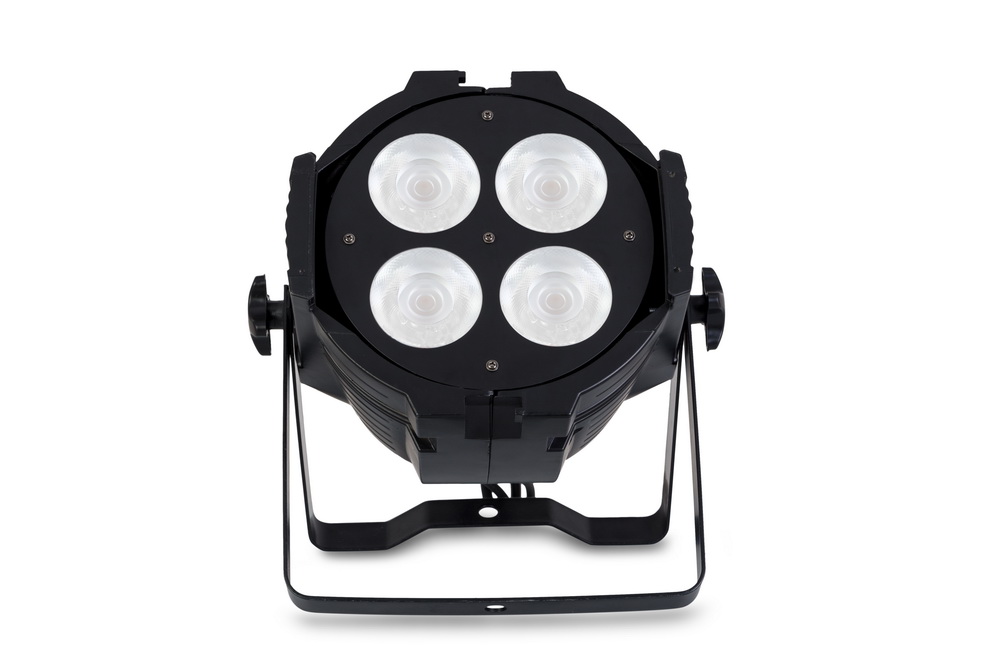
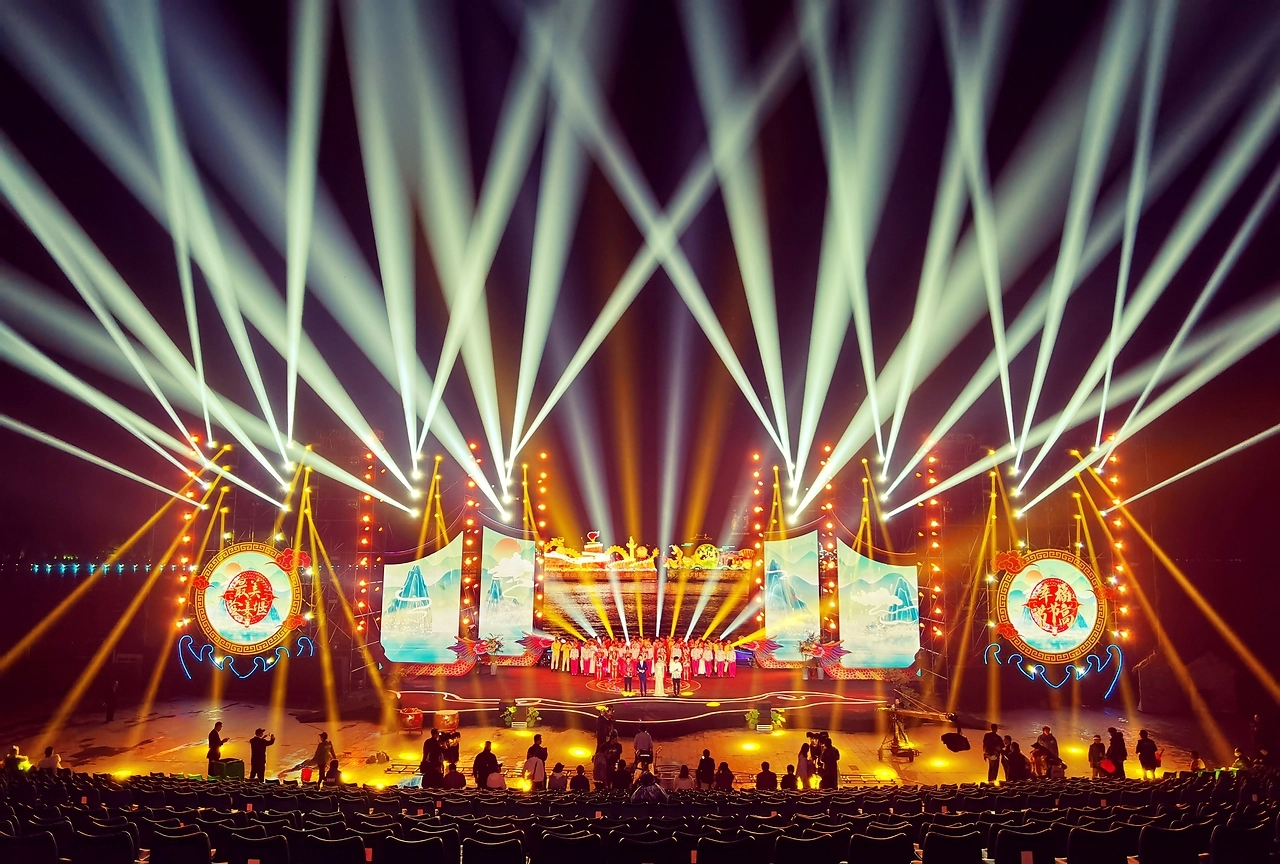
Application of Stage Lighting Equipment
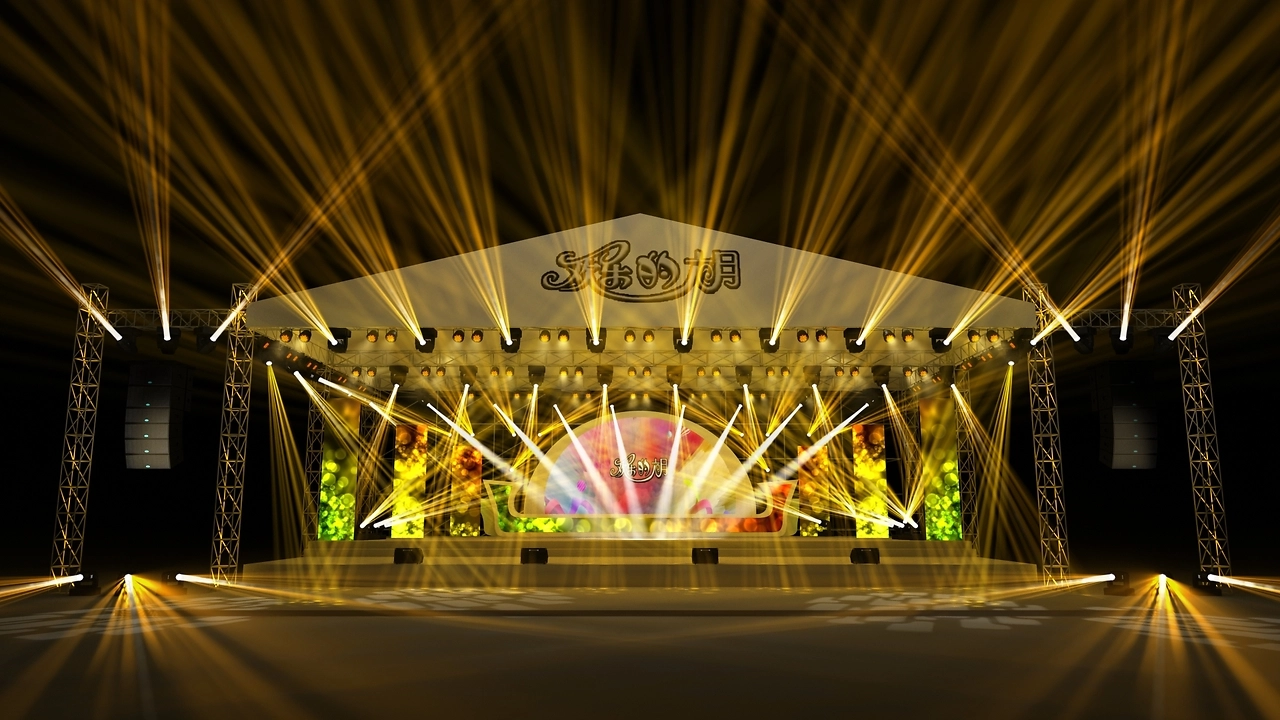
What is the difference between TV lighting and stage lighting?

Learn about the three main techniques of stage lighting in shaping artistic imag
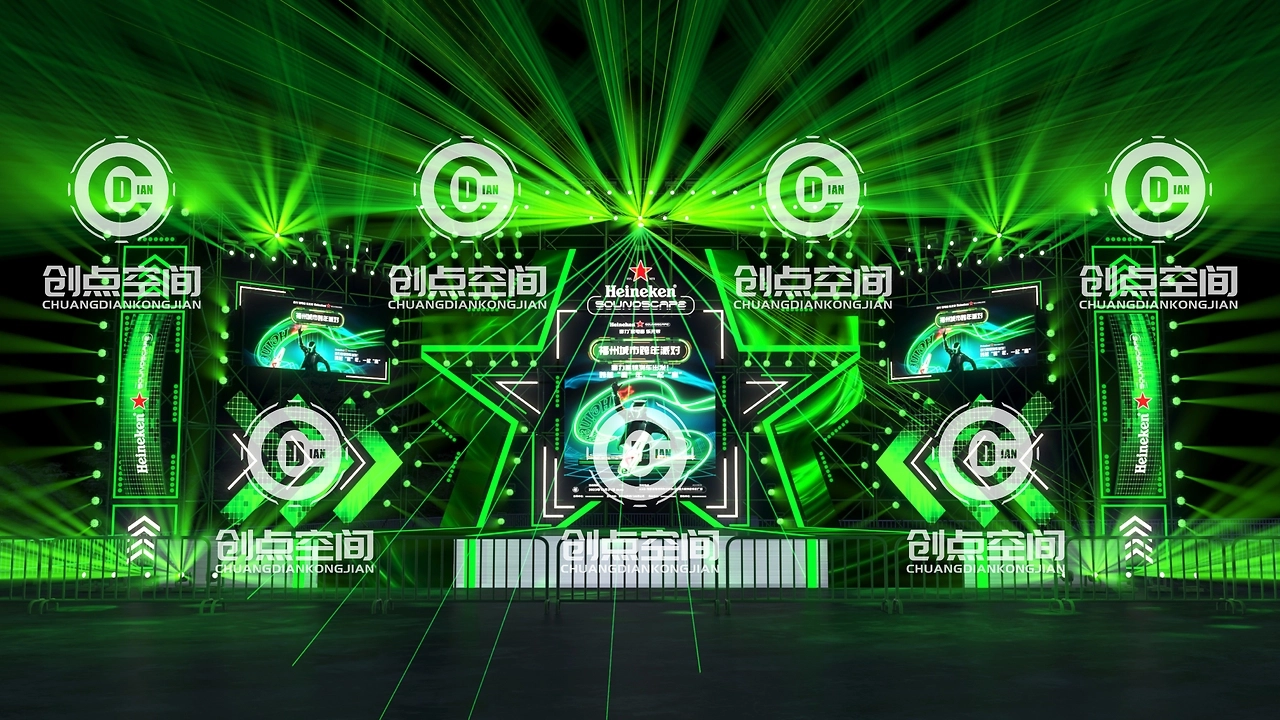
What are the differences in lighting installation between studios of different h
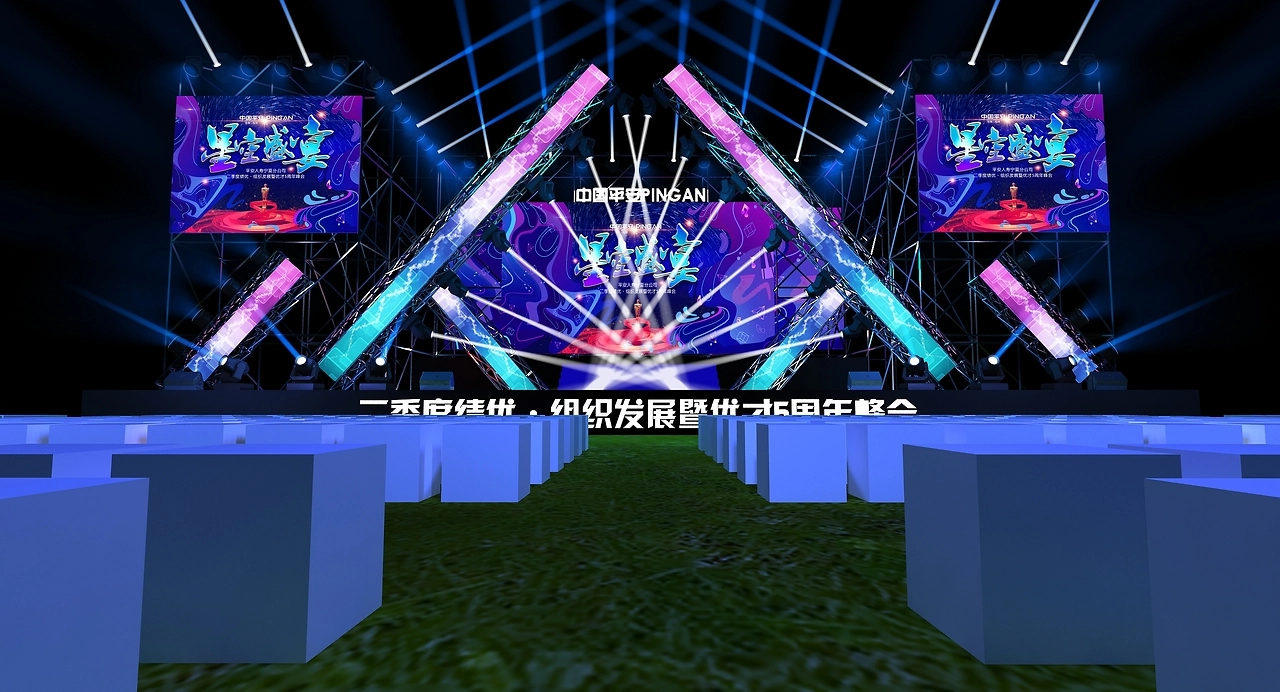
Common equipment for stage lighting in hotel banquet halls

